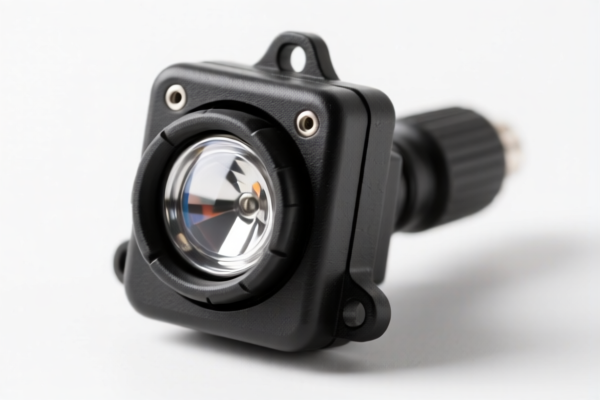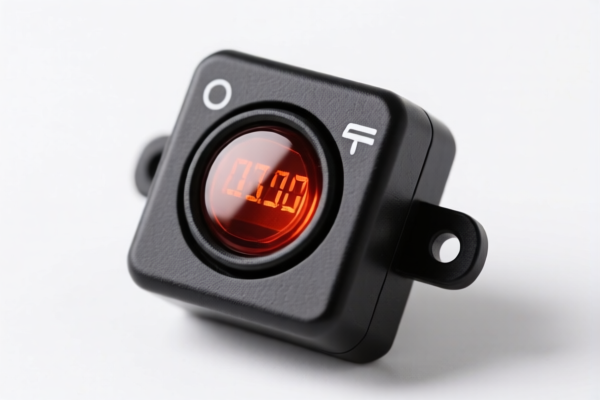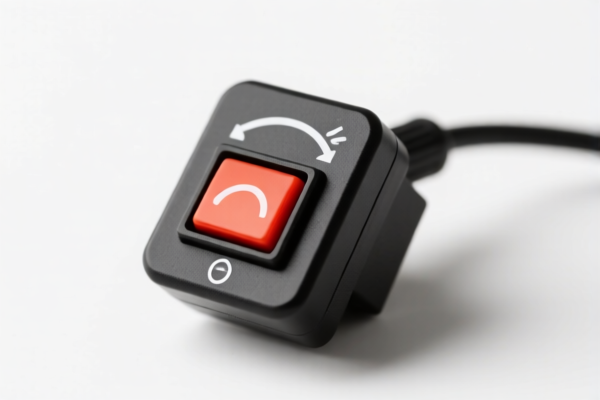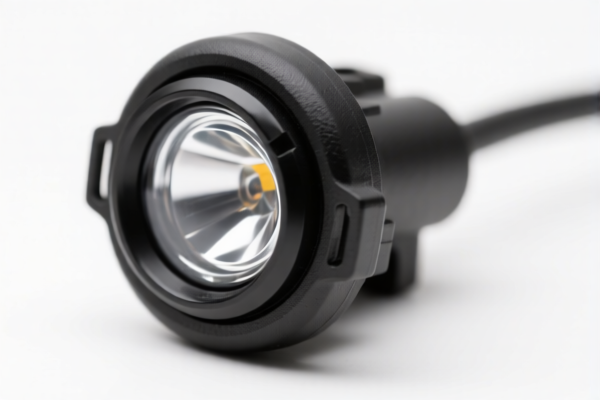| HS Code | Official Doc | Tariff Rate | Origin | Destination | Effective Date |
|---|---|---|---|---|---|
| 8512202080 | Doc | 55.0% | CN | US | 2025-05-12 |
| 8512906000 | Doc | 55.0% | CN | US | 2025-05-12 |
| 8539100010 | Doc | 57.0% | CN | US | 2025-05-12 |
| 8539520091 | Doc | 32.0% | CN | US | 2025-05-12 |
| 8513102000 | Doc | 42.5% | CN | US | 2025-05-12 |
| 8513104000 | Doc | 33.5% | CN | US | 2025-05-12 |
| 8531809051 | Doc | 37.5% | CN | US | 2025-05-12 |
| 8531809005 | Doc | 37.5% | CN | US | 2025-05-12 |
| 8479899599 | Doc | 57.5% | CN | US | 2025-05-12 |
| 8487900080 | Doc | 83.9% | CN | US | 2025-05-12 |
| 8487900040 | Doc | 58.9% | CN | US | 2025-05-12 |
| 9013809100 | Doc | 42.0% | CN | US | 2025-05-12 |
| 9013802000 | Doc | 61.6% | CN | US | 2025-05-12 |




Headlight Module
A headlight module is a self-contained unit encompassing all components necessary for vehicle illumination at the front of a car. It represents a significant advancement over traditional headlight systems, integrating multiple functions into a single, replaceable assembly.
Material Composition
Headlight modules are constructed from a variety of materials, chosen for durability, heat resistance, and optical clarity:
- Housing: Typically made of Polypropylene (PP), Polycarbonate (PC), or a combination of both. These plastics are lightweight, impact-resistant, and can withstand UV exposure. Increasingly, materials with improved scratch resistance are used.
- Lens: Traditionally glass, but polycarbonate is becoming more common due to its lighter weight and shatter resistance. The lens may be treated with coatings for UV protection, anti-fogging, and improved light transmission.
- Reflectors: Often made of a highly polished metal (aluminum or steel) or a plastic with a reflective coating. These direct the light from the bulb/LED into a focused beam.
- Internal Components: Include bulbs (halogen, HID, LED), ballasts (for HID), LED drivers, control electronics, wiring, and mounting hardware. Heat sinks are critical for LED and HID modules.
- Seals & Gaskets: Rubber or silicone components ensure a watertight and dustproof enclosure.
Purpose
The primary purpose of a headlight module is to provide forward illumination for safe vehicle operation in low-light conditions. Beyond basic illumination, modern modules often incorporate enhanced features for improved visibility and safety.
Function
Headlight modules perform several key functions:
- Low Beam: Provides a wide, flat beam of light for general driving.
- High Beam: Provides a long-range, intense beam for illuminating distant objects.
- Positioning/Running Lights: Provide a constant, lower-intensity light for vehicle identification.
- Turn Signals: Indicate the vehicle’s intended direction of travel.
- Daytime Running Lights (DRL): Enhance vehicle visibility during daylight hours.
- Fog Lights (integrated in some modules): Provide low-mounted, wide-angle illumination in foggy conditions.
- Adaptive Front-lighting System (AFS): (In advanced modules) Automatically adjusts the beam direction based on steering angle, speed, and vehicle inclination to improve visibility around curves and in varying driving conditions.
- Automatic High Beam Control: Automatically switches between high and low beams based on the presence of other vehicles.
Usage Scenarios
Headlight modules are essential for:
- Night Driving: Providing adequate illumination for safe navigation.
- Low Visibility Conditions: Improving visibility in fog, rain, snow, or dust.
- Rural Roads: Illuminating unlit or poorly lit roads.
- Highway Driving: Providing long-range visibility.
- Vehicle Identification: Ensuring the vehicle is visible to other road users.
Common Types
Headlight module technology has evolved significantly. Common types include:
- Halogen Headlight Modules: The traditional type, using halogen bulbs. Relatively inexpensive but less efficient and have a shorter lifespan.
- HID (High-Intensity Discharge) Headlight Modules: More efficient and brighter than halogen, using xenon gas to produce light. Require ballasts for operation.
- LED (Light-Emitting Diode) Headlight Modules: The most advanced type, offering high efficiency, long lifespan, and design flexibility. Require LED drivers. Increasingly common.
- Laser Headlight Modules: Emerging technology offering extremely long range illumination. Currently found in high-end vehicles.
- Projector Headlight Modules: Utilize a projector lens to focus the light beam, providing a more defined and controlled light pattern. Can be used with Halogen, HID or LED bulbs.
- Reflector Headlight Modules: Use a reflector to direct the light beam. Generally simpler and less expensive than projector modules.
Headlight modules are electrical lighting or signaling equipment used for motor vehicles. They can also be parts thereof. Here are relevant HS codes based on the provided information:
- 8512.20.20.80: This HS code covers electrical lighting or signaling equipment (excluding articles of heading 8539), windshield wipers, defrosters and demisters, of a kind used for cycles or motor vehicles; parts thereof: Other lighting or visual signaling equipment: Lighting equipment Other. This is a broad category encompassing many vehicle lighting solutions.
- Chapter 85: Electrical machinery and equipment.
- Heading 8512: Electrical lighting or signaling equipment (excluding articles of heading 8539), windshield wipers, defrosters and demisters, of a kind used for cycles or motor vehicles; parts thereof.
- Subheading 8512.20: Other lighting or visual signaling equipment.
- 8512.90.60.00: This HS code covers electrical lighting or signaling equipment (excluding articles of heading 8539), windshield wipers, defrosters and demisters, of a kind used for cycles or motor vehicles; parts thereof: Parts: Of lighting equipment: Other. This would apply to components of a headlight module.
- Chapter 85: Electrical machinery and equipment.
- Heading 8512: Electrical lighting or signaling equipment (excluding articles of heading 8539), windshield wipers, defrosters and demisters, of a kind used for cycles or motor vehicles; parts thereof.
- Subheading 8512.90: Parts.
- 8539.10.00.10: This HS code covers Electrical filament or discharge lamps, including sealed beam lamp units and ultraviolet or infrared lamps; arc lamps; light-emitting diode (LED) light sources; parts thereof: Sealed beam lamp units Under
15.24 cm: For vehicles of subheading 8701.21, 8701.22, 8701.23, 8701.24 or 8701.29 or heading 8702, 8703, 8704, 8705 or 8711. This applies if the headlight module incorporates sealed beam lamp units. - Chapter 85: Electrical machinery and equipment.
- Heading 8539: Electrical filament or discharge lamps, including sealed beam lamp units and ultraviolet or infrared lamps; arc lamps; light-emitting diode (LED) light sources; parts thereof.
- Subheading 8539.10: Sealed beam lamp units.
Regarding HS code 8512.20.20.80 and 8512.90.60.00, both have a total tax rate of 55.0%, comprising a 0.0% base tariff and a 25.0% additional tariff, increasing to 30.0% after April 2, 2025.
Customer Reviews
No reviews yet.